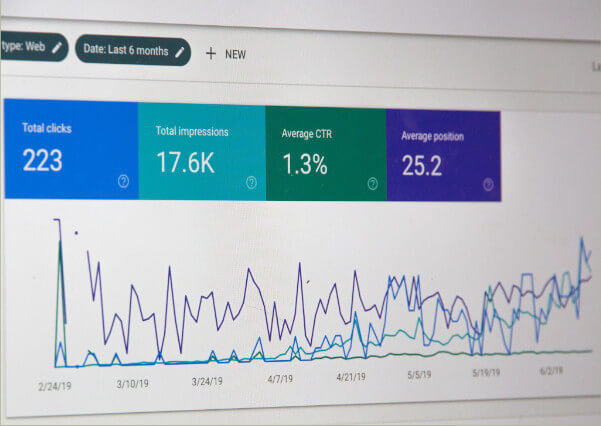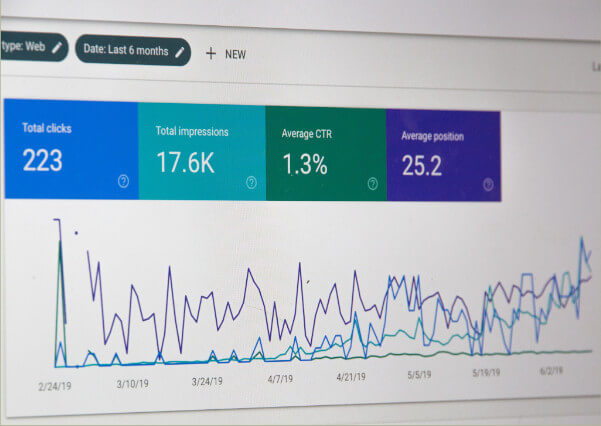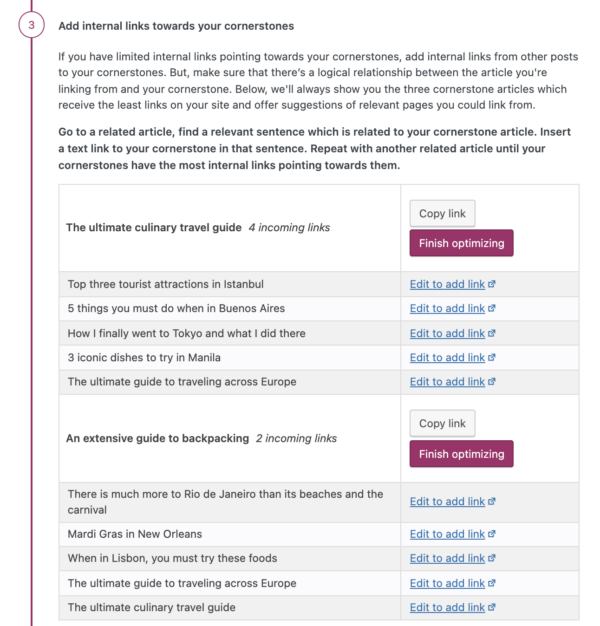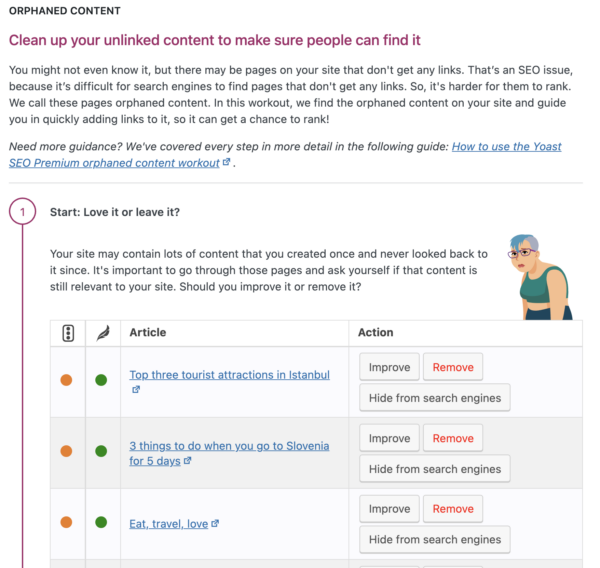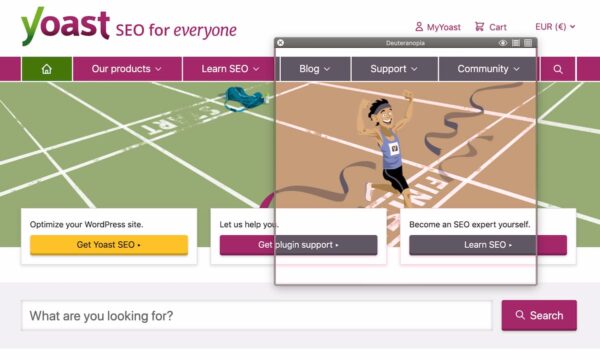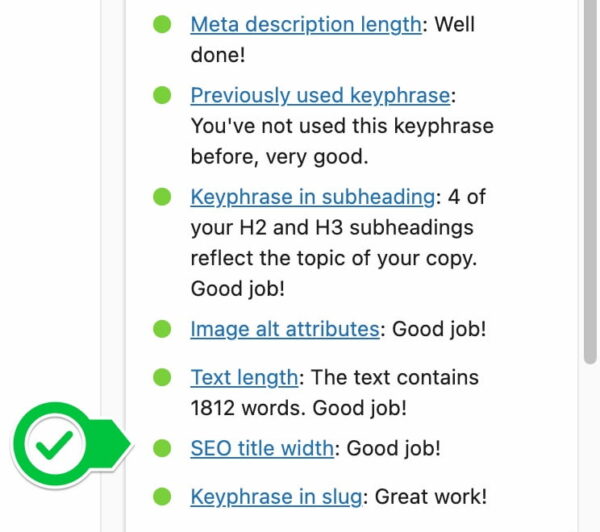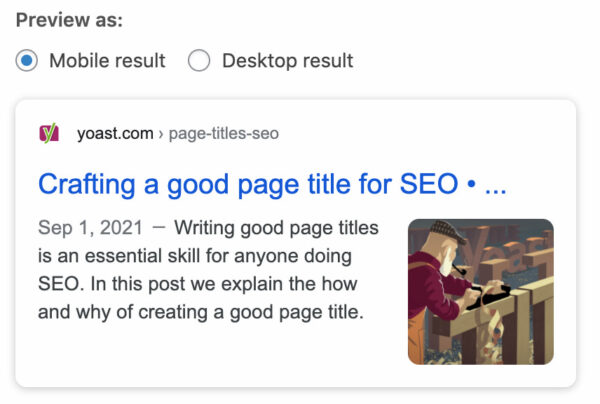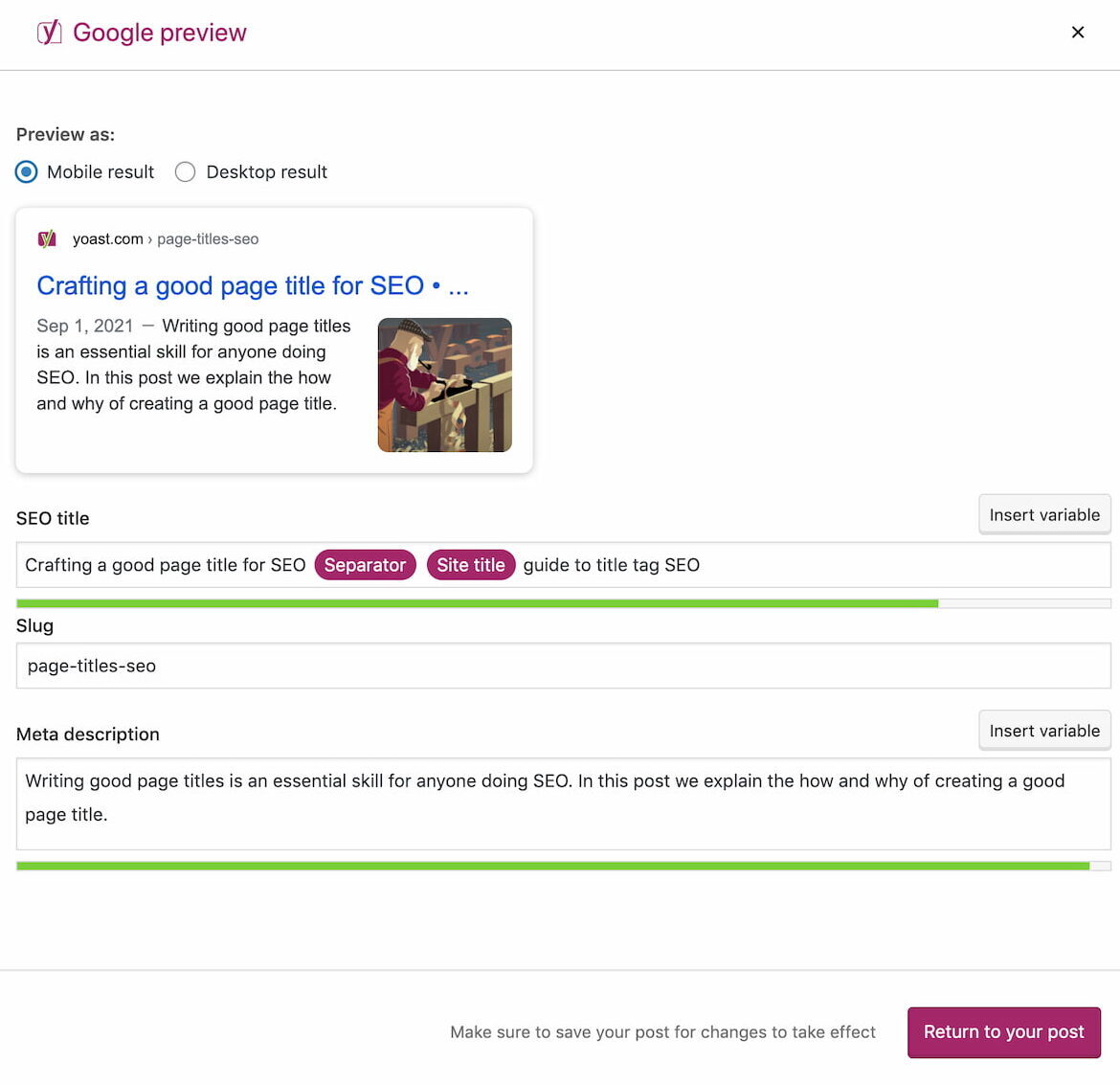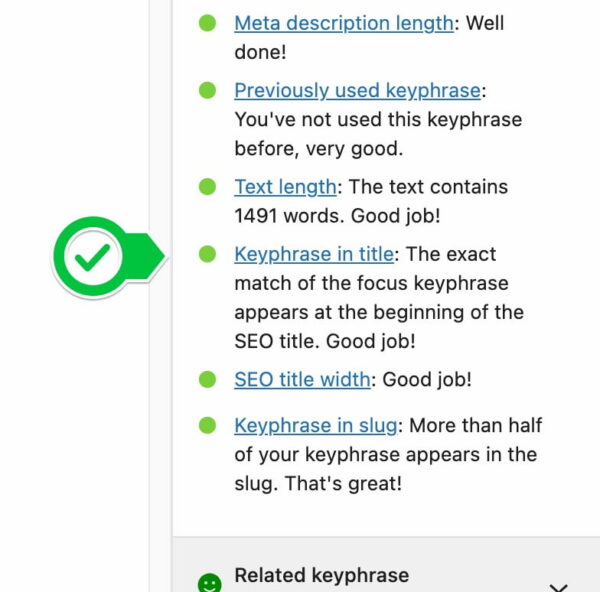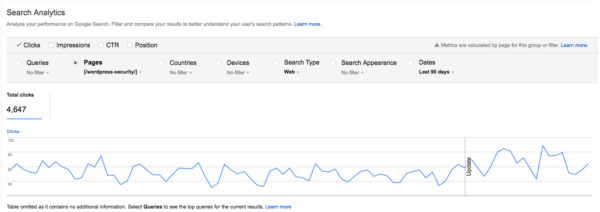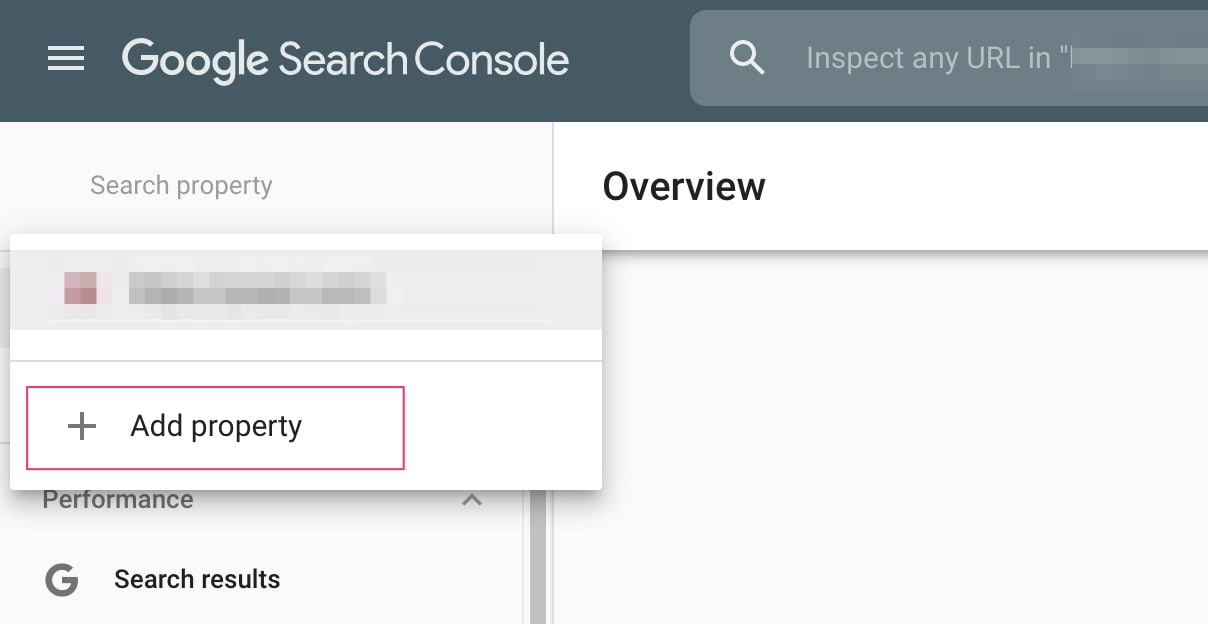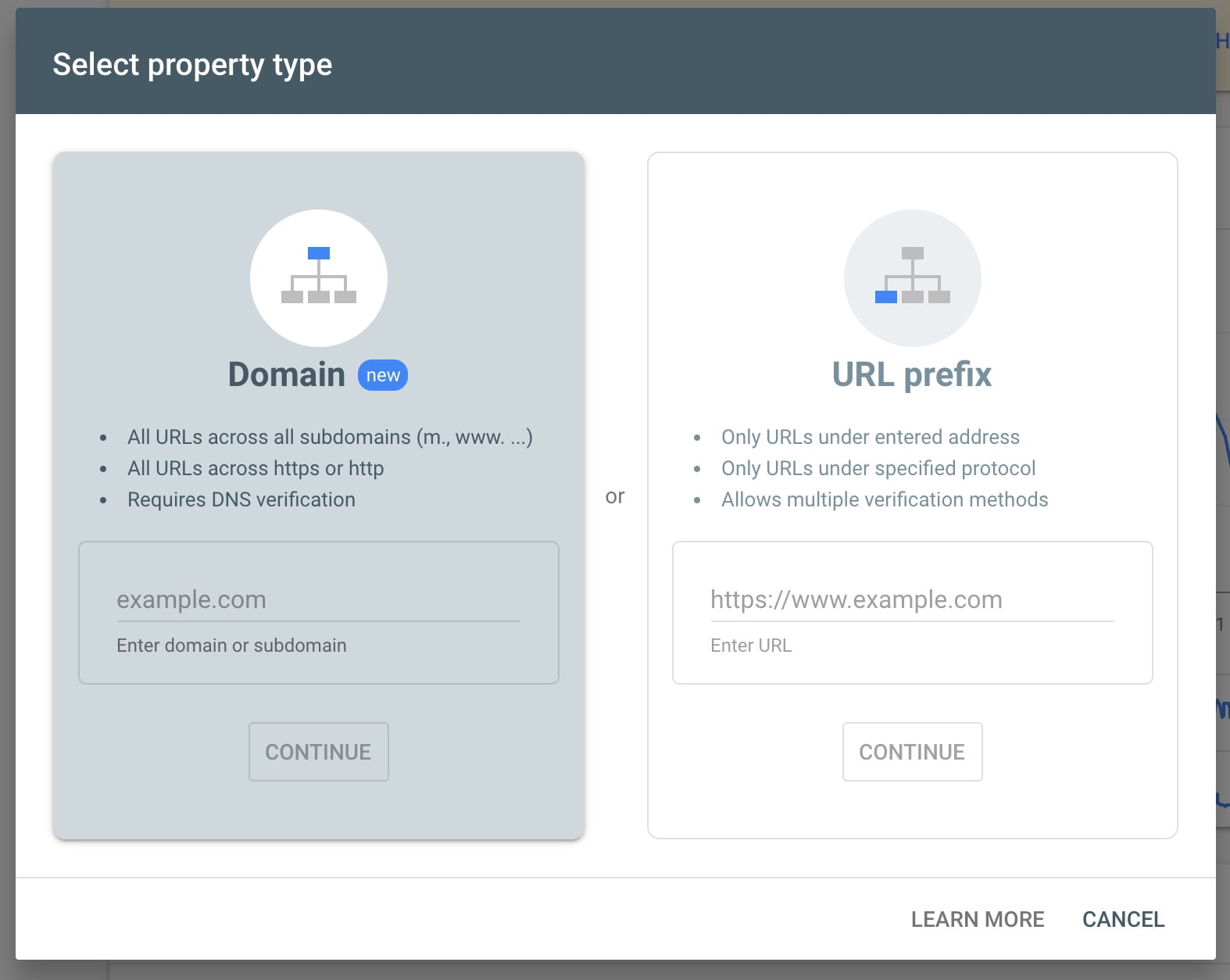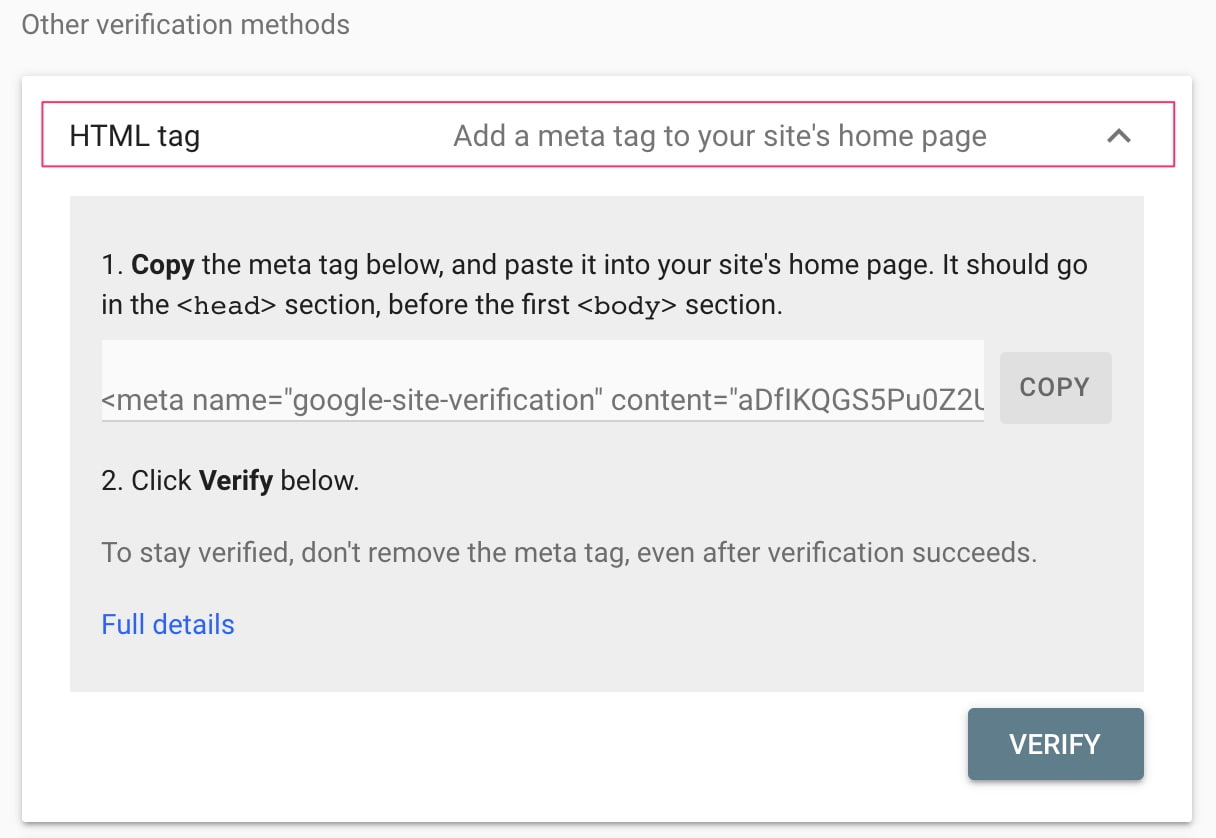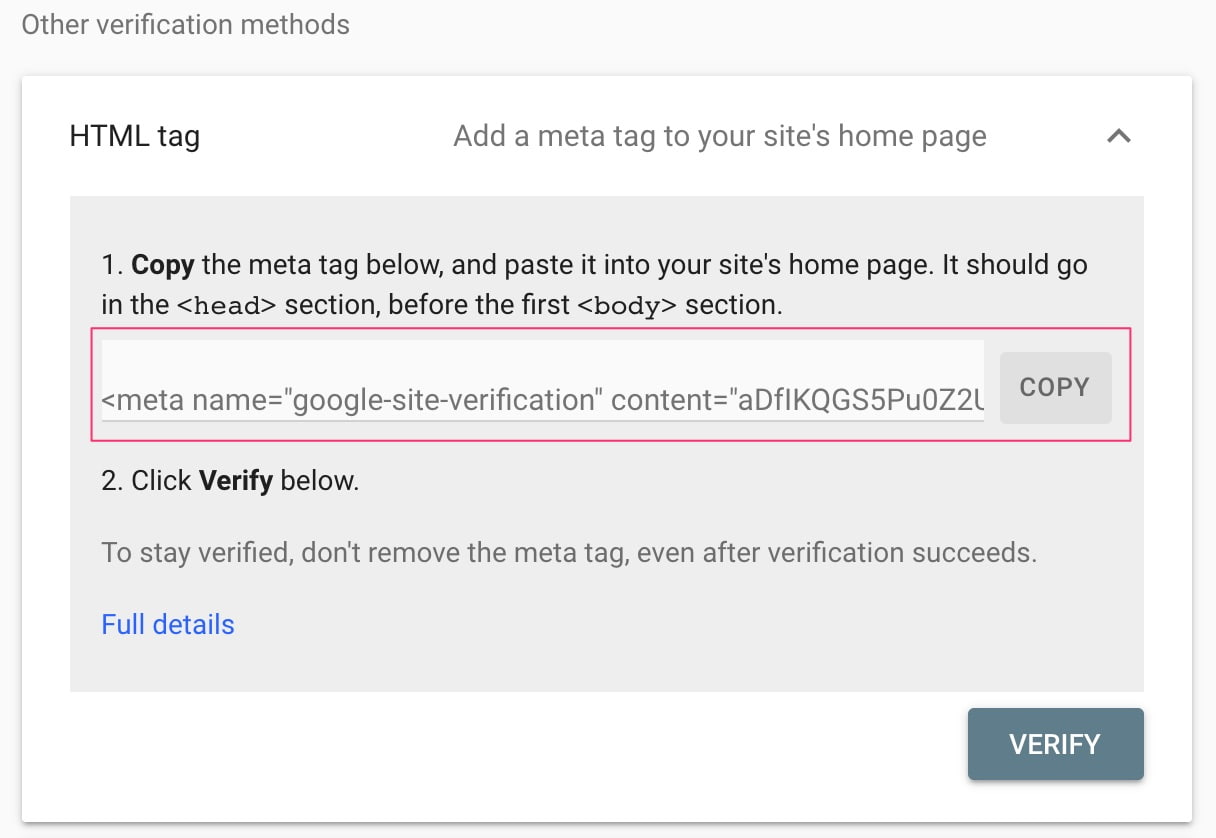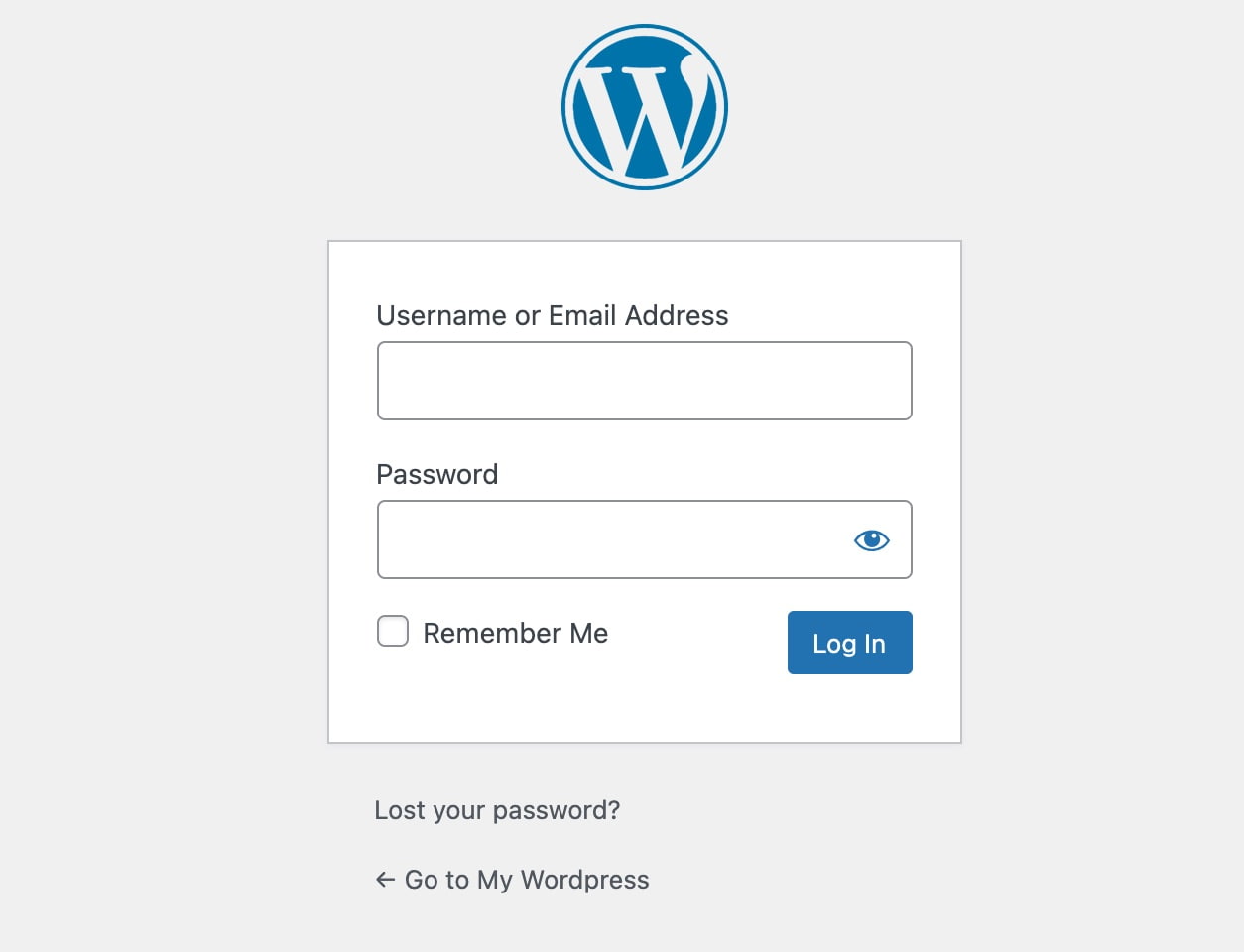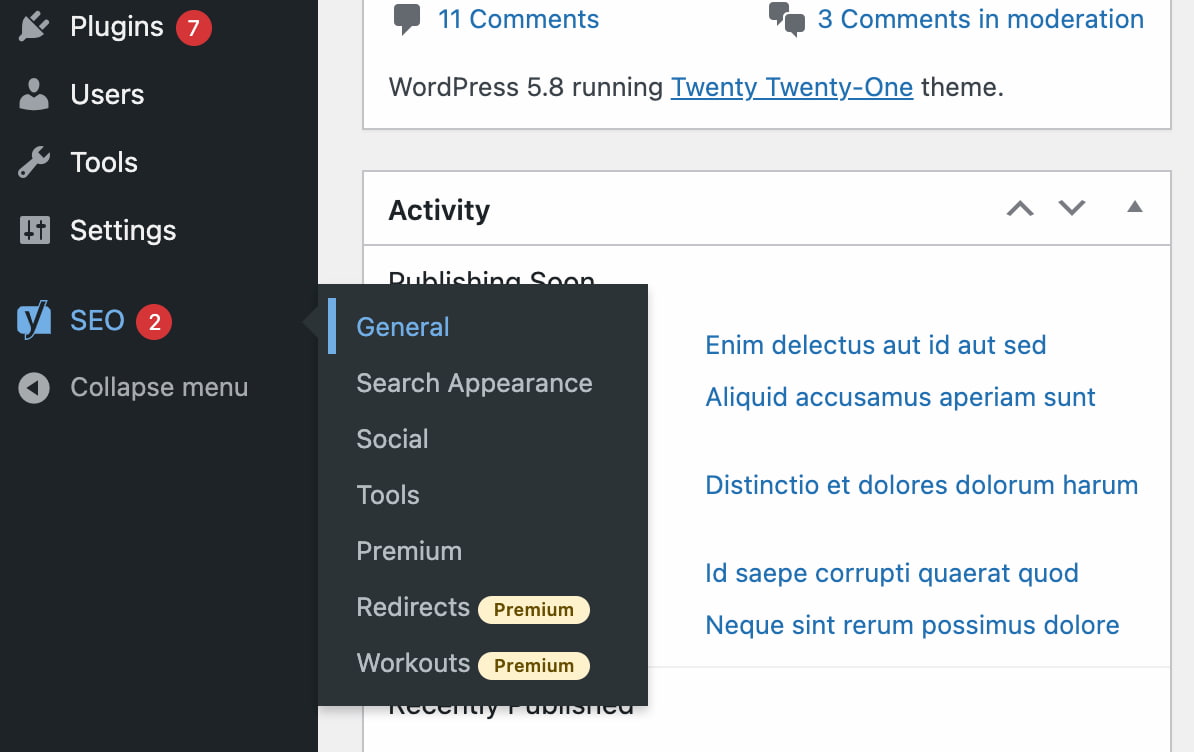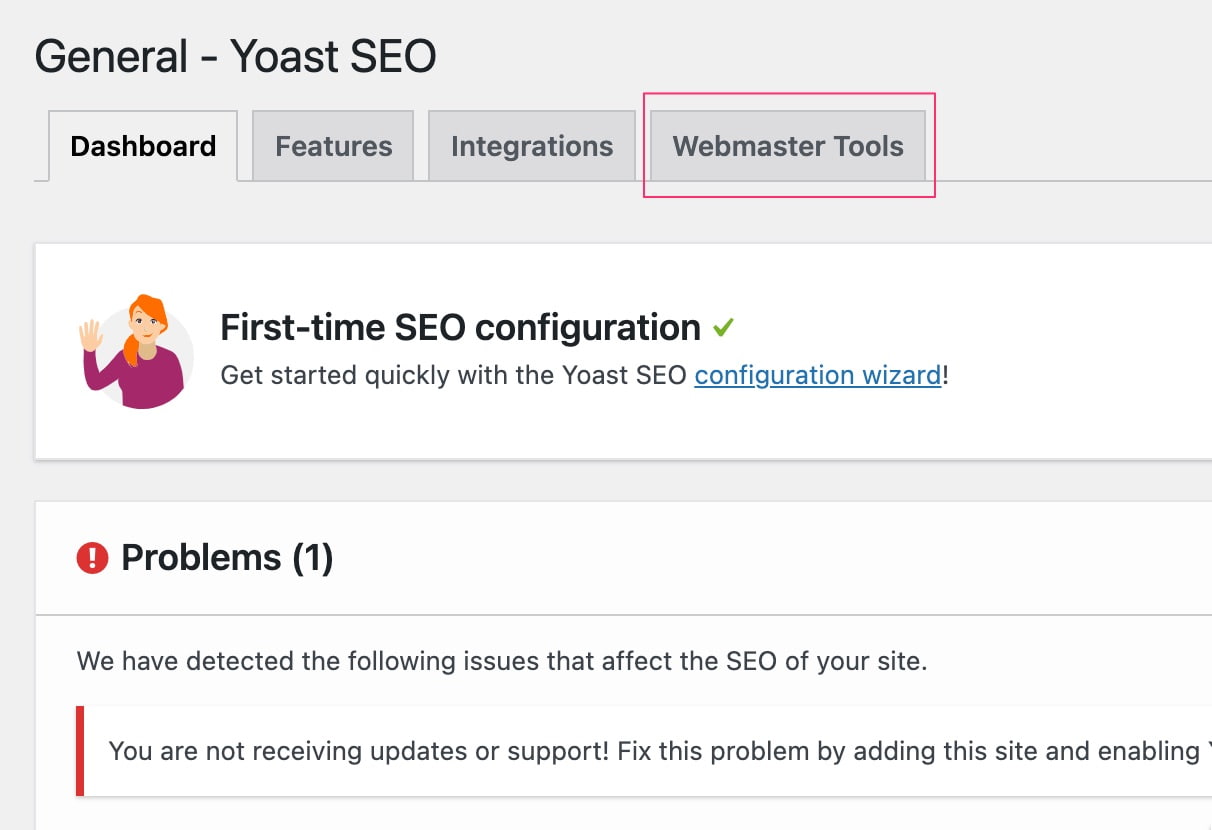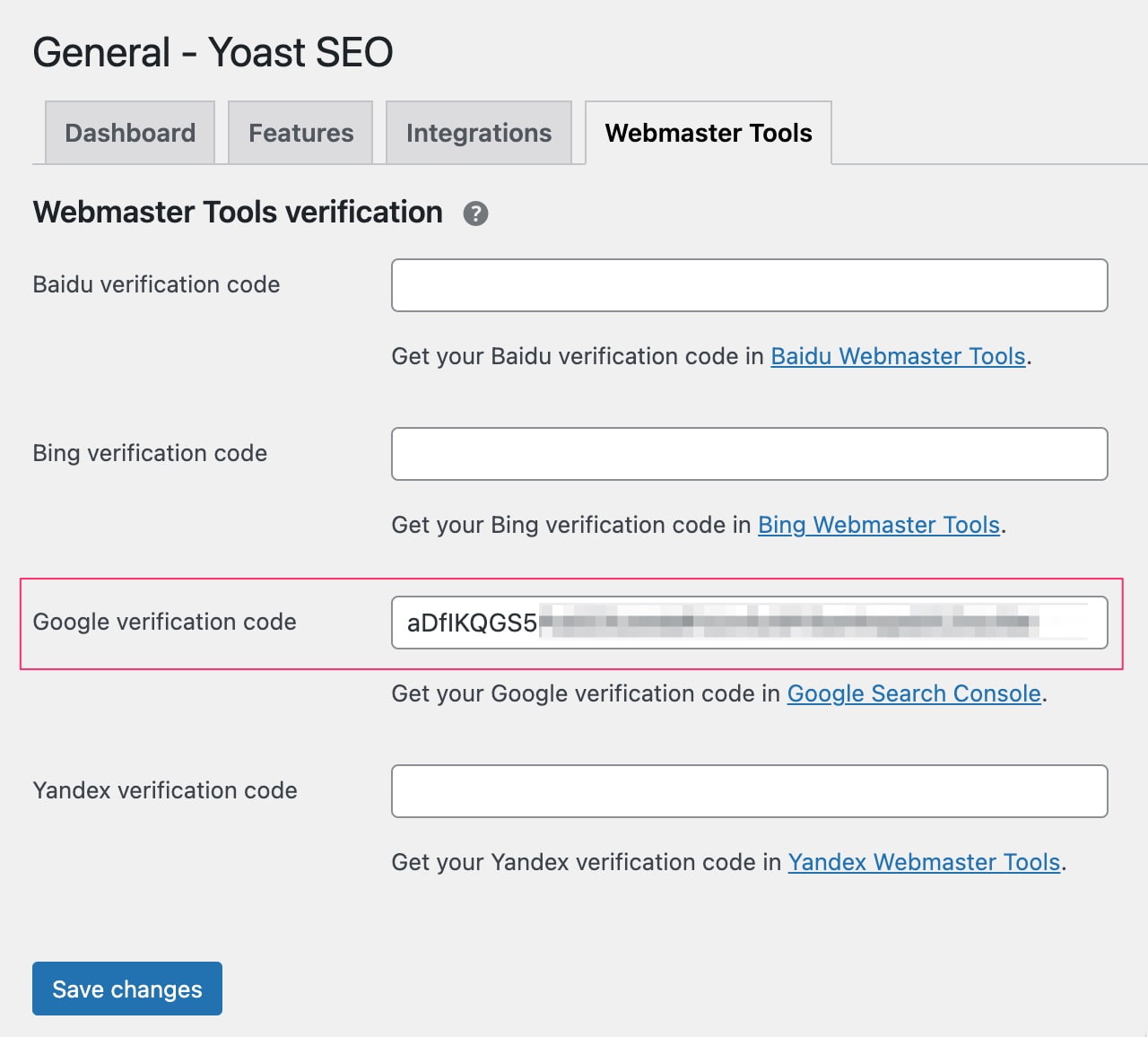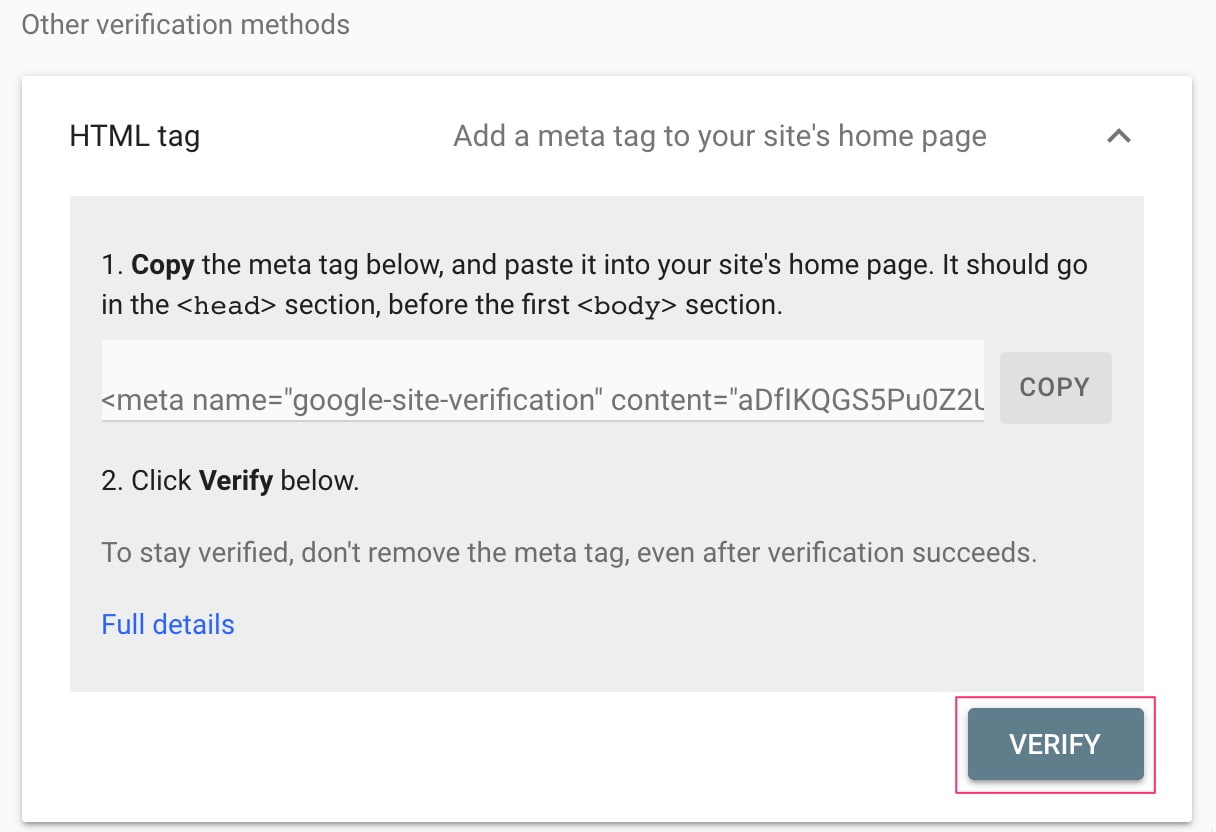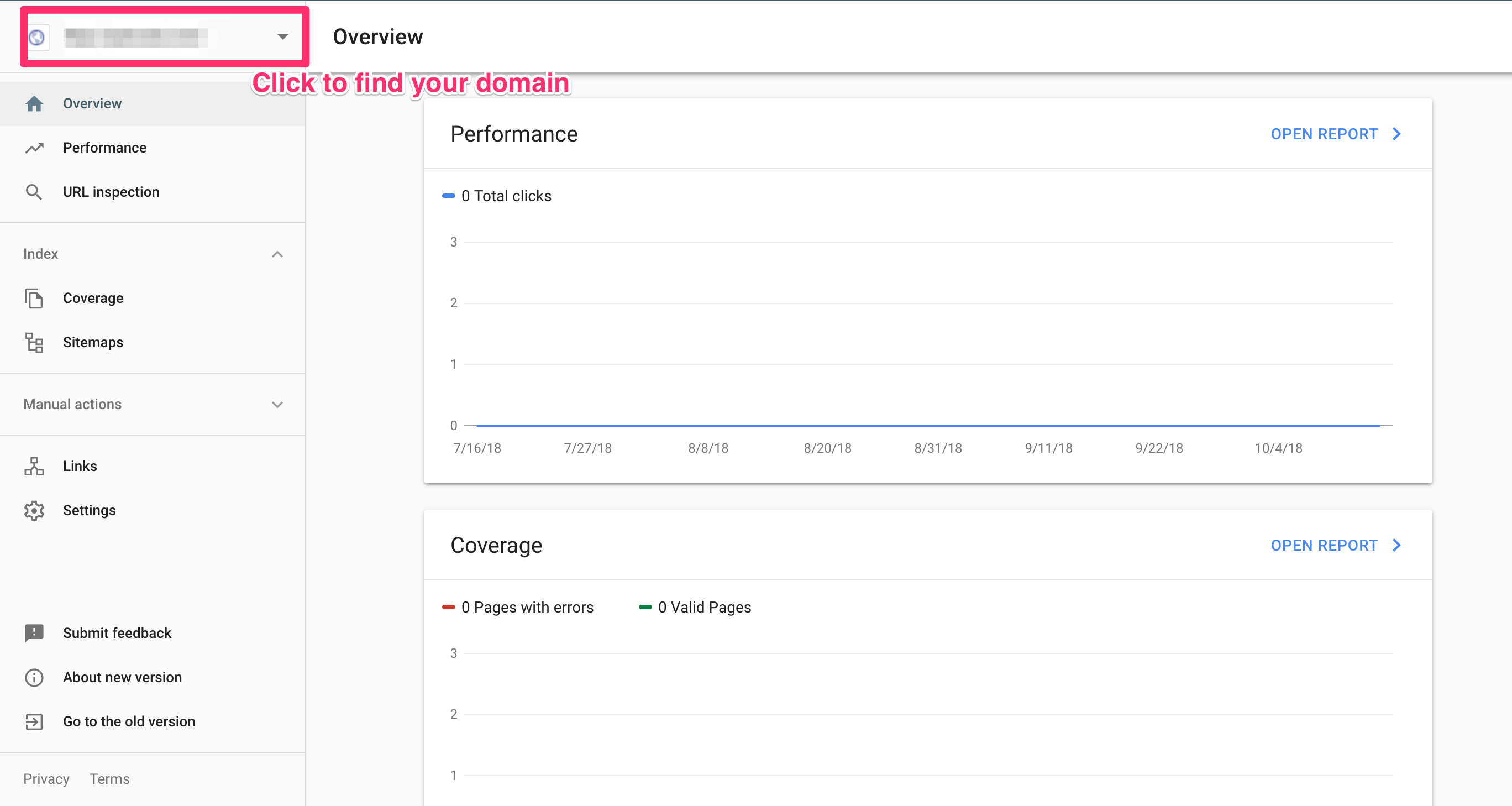
People often ask us to explain what makes a good website. Whether we have a list of elements that a great site should have. Unfortunately, there isn’t an easy, one-size-fits-all answer to this. As in many things SEO, the answer is: it depends. What kind of site do you have and what do you want to achieve? Who do you want to target? There are, however, a few best practices that help you get underway. In this post, we’ll list 7 elements that can help every site become a good site and a better search result.
Table of contents
Holistic SEO7 elements of a good website1. Your website satisfies user intent and has a clear goal2. Your website has technical prowess3. Your website is trustworthy, safe and secure4. Your website has a great design and stellar UX5. Your site has awesome, user-centered content6. Your site is mobile-friendly (or rather, designed mobile-first)7. Your site can ‘talk’ directly to search enginesSo what makes a good website?
Holistic SEO
The number one thing to keep in mind is something that we at Yoast advocate a lot: holistic SEO. Essentially, holistic SEO helps you strive to be the best result. This comes down to optimizing every part of your site on all levels, from satisfying user intent with your content to offering a stellar user experience. If you combine all these things in a solid SEO strategy, implement the enhancements and keep an eye on the results, you’re on the right track!
7 elements of a good website
Many things we deem important for a good website are hard to quantify. There’s a lot of talk about quality in SEO, for instance. Even Google has been saying for years that you should focus on the quality of your site and content. After every algorithmic update that Google implements, the answer for those who lost rankings is the same: it might not be your fault, because other sites might seem to be a better fit for this specific query. Nonetheless, you should work on the overall quality of your content.
People flock to the Search Quality Raters Guidelines for input on how to do that, looking for any guidance at all. Now, you shouldn’t take everything that Google says as gospel, but in this case, they are right. You should improve your content — always! Make sure to look at user intent and the behavior of your potential customers. Periodically redo your keyword research. And check your niche, what’s happening in your part of the market? By continually evaluating your SEO strategy, you’ll get a grip on the changing market and find new opportunities.
1. Your website satisfies user intent and has a clear goal
Do you know your audience? Do you know your business and what it is you contribute to this world? Why should anyone come to your site and do business with you? It’s not because you think you have an awesome product — that just doesn’t fly anymore. “Build it and they will come?” Unfortunately, that’s not how it works. You need to have a clear mission and goal for your website.
If you want to succeed, you need to know your audience. You have to uncover everything about them. You can probably find out what they say they want, but is that the same as what they really need? Does your product or service merely offer a possible solution to a problem or does it make your customer’s life genuinely better? Are you selling a drill or a hole in the wall?
Your story has to be right. It has to align with what people want and need. This means you should nail search intent for your site. Uncover all the different ways of how people can end up on your pages and tailor these to answer their questions. Map out your user journey from A to Z and place your content in strategic spots. Also keep a close eye on the way you formulate your answers. More often than not, a conversational style will turn out to be what you are looking for.
2. Your website has technical prowess
A good website is easily crawlable and shows search engines what they can and can’t index. Good sites don’t have a huge amount of errors. A good website loads super fast, from anywhere in the world. Make sure you do everything you can to get those pages to load as fast as possible.
Technical SEO is incredibly important, but you can get ahead of the curve by getting the basics right. Thoroughly think about which CMS you’re going for and how you’re going to run it. We may be a bit biased, but WordPress has given us everything we need. It’s solid, flexible and has a huge following. WordPress is pretty SEO-friendly, but with a bit of help from Yoast SEO, you can get your WordPress SEO going in no time. Also make sure to pick a reputable hosting company, one that’s flexible and helpful.
3. Your website is trustworthy, safe and secure
Both search engines and users are looking for signals that signify trust. Why should your site and content be trusted? Things like regular downtime might be an indication of sloppy maintenance. A missing green lock icon can mean you don’t take security seriously. There are a lot of hints that they look for.
Search engines like Google want to give searchers the best possible result. Increasingly, if a search engine doubts the claims you make or if you use sketchy ‘experts’ to validate your content, they will not show your content. Instead, they will pick a result that has proven to be a good and trustworthy result. That’s why you need to work on your trustworthiness on all levels, both technical as well as in content.
In addition, your site should be a safe haven for visitors. You need to have your security in order. A hacked site isn’t getting you anywhere! And a hacked site is easier to prevent than it is to fix. Use up-to-date software, have your SSL in order, create strong passwords and use tools such as Cloudflare to protect your site from DDoS attacks.
4. Your website has a great design and stellar UX
Does your website need to be beautiful? Let’s be honest, beauty is in the eye of the beholder. The design of your website needs to help fulfill the goals you set. Your message should come across loud and clear. The design should be on-brand and well-thought-out. But more importantly, your site should be clear and easy to use for everyone. Accessibility is not something you should scrimp on.
You also need to consider user experience. Which is not only how something looks, but also how it feels. It’s about giving users an enjoyable experience, something they will remember. UX is also not letting users wait long for your pages to load, getting them frustrated because they can’t read the text on your site thanks to your color scheme or because they can’t hit the buttons on your mobile site. Think to yourself: how can I turn any possible frustration on my website into happiness?
And happy users might just have higher buyer intent, so get those CTAs in order!
5. Your site has awesome, user-centered content
Be user-centered, not company-centered. Good content helps your users accomplish their goals and you want to offer this content at the right moment while keeping the business goals firmly in sight. To do so, you need to know your user inside out, as I mentioned earlier. Understand them, understand their behavior and focus your content on that. The content you offer should be clear and easy to understand by using language your users know well. Try to bring something unique to the table. Do the research and present original reporting.
6. Your site is mobile-friendly (or rather, designed mobile-first)
For the last couple of years, mobile traffic has kept growing and growing. If your site is not mobile-friendly by now, you should really get to it and work on your mobile SEO. But if your site has been mobile-friendly for a while, it is time to start looking at building your next site mobile-first.
It’s not a new concept, but most sites are still being developed desktop-first. After designing the desktop view, the designer crams it down to mobile size, often losing its authenticity and freshness along the way. Adopting a mobile-first mindset helps you focus on the tasks users should be able to perform on your mobile site. It helps to clean up the clutter and, more often than not, lets you come up with a minimal and fully focused design. Less is more, remember?
7. Your site can ‘talk’ directly to search engines
For years, search engines tried to read content on pages to determine what that page is about. They need that content to be able to match the search query with the indexed pages that give the best answers to this query. Turns out that truly understanding what something on a page is or means, is harder than it seems, especially for machines. Search engines need a little guidance to discover the true meaning of elements on a page. Enter, structured data in Schema format.
Schema is kind of like a translator for search engines. It describes elements on a page, so search engines can now say with certainty that a review is a review and a recipe is a recipe. In return, because Google is so certain about the content, marking up these elements can lead to rich results in the search results pages. This includes carousels, nutritional information for recipes, star ratings, FAQ dropdowns, swipeable How-To boxes on mobile and much, much more. Structured data is one of the areas search engines spend a lot of resources on these days, so make sure to get on board.
We noticed this and built a complete and fully extendable Schema framework inside Yoast SEO. This structured data implementation builds a complete graph for your site, so search engines not only know what everything means but also how everything is connected to the bigger picture. In addition, Yoast SEO comes with a few structured data blocks and we’re working on adding more in the future.
So what makes a good website?
There’s a lot that goes into building a good website. It’s not simply buying a domain, getting some random host, installing WordPress and picking a theme that looks cool. When you leave it at that, you’re setting yourself up for failure. You need to plan to get things right. You need a strategy — which is probably the most important element of a good website.
These are some of the most important elements you should focus on while developing or improving your site. Of course, this isn’t an exhaustive list, so I’d like to ask you: What is your number one focal point for building a good website?
Read more: 4 tips to quickly improve your site in the current situation »
The post What makes a good website? appeared first on Yoast.






